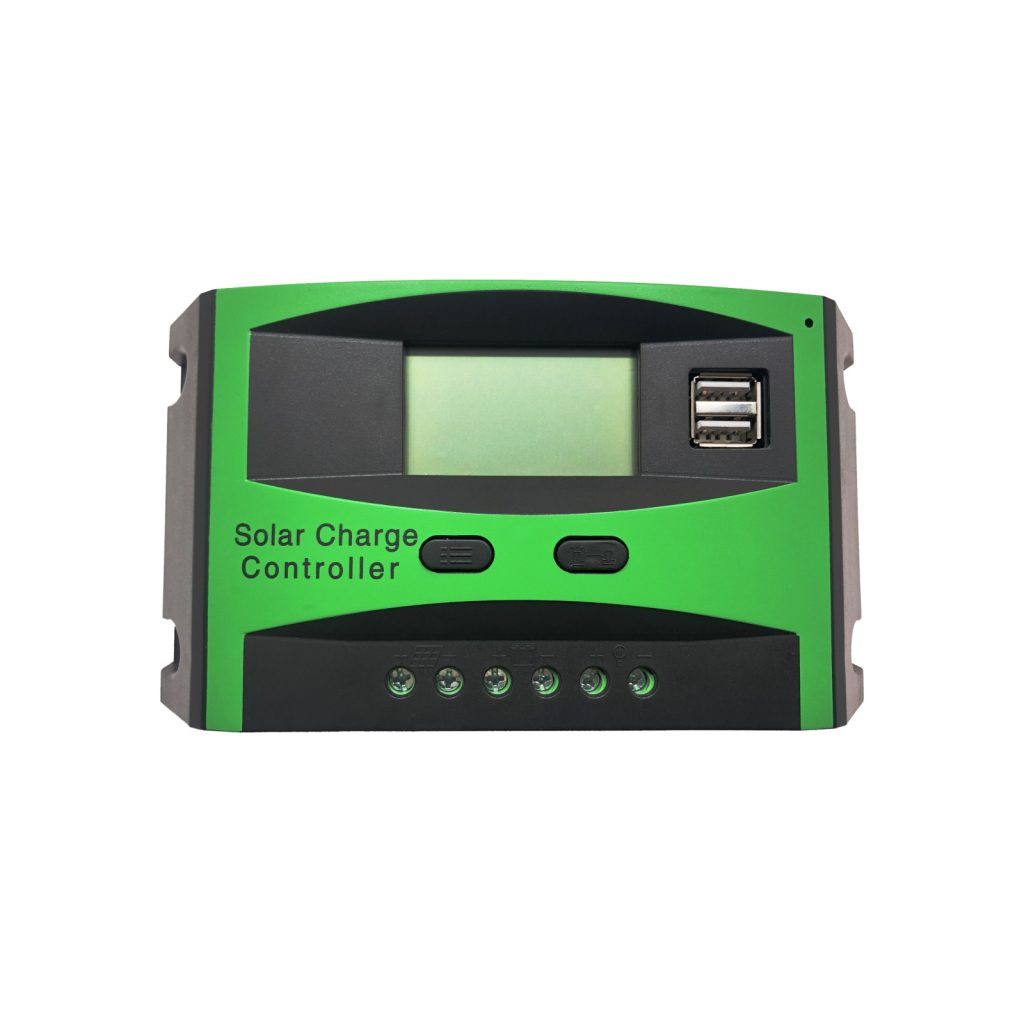How MPPT Works in Solar Energy Systems
Table of Contents
TogglePhotovoltaic MPPT (Maximum Power Point Tracking) is essential for maximizing solar panel efficiency. By continuously adjusting to find the optimal power output, MPPT ensures your solar system remains efficient even with changes in sunlight and temperature. This article will dive into how MPPT works, its benefits, and implementation strategies to get the most out of your photovoltaic setup.
Key Takeaways
- Maximum Power Point Tracking (MPPT) optimizes photovoltaic panel efficiency by dynamically adjusting voltage and current outputs to maintain maximum energy production.
- MPPT controllers enhance system performance by matching solar panel voltage with battery requirements, achieving energy conversion efficiencies of 93-97% and adapting to various environmental conditions.
- Implementing MPPT in solar systems yields significant benefits, including improved energy production, reduced maintenance costs, and greater financial returns, particularly in suboptimal weather conditions.
Understanding Photovoltaic MPPT

Maximum Power Point Tracking (MPPT) is a smart technology that boosts the efficiency of solar panels by optimizing power output. It continuously adjusts the electrical operating point of solar panels to ensure they work at their best, even when sunlight and temperature change. MPPT helps solar systems produce more energy, with conversion efficiencies ranging from 93% to 97%.

MPPT controllers are vital in this process, matching the solar panel voltage to battery needs and enhancing energy conversion. They operate at high frequencies (20-80 kHz) and can adapt to different DC voltage levels, making them versatile and efficient.
Overall, MPPT technology improves energy yield and system performance, allowing solar panels to generate maximum power output. This leads to better financial returns and reduced maintenance costs, making it a valuable addition to any solar power system.
How MPPT Works in Solar Energy Systems

Understanding how MPPT works in solar energy systems is key to seeing its value. MPPT technology is designed to get the most power output from solar panels by adjusting their electrical operating point. This is important because the power output from solar panels changes with sunlight intensity, temperature, and other environmental factors.
MPPT algorithms are at the heart of this process. These smart algorithms monitor the voltage and current of solar panels to keep the system running at its maximum power point. By continuously checking these parameters, MPPT technology can adjust the load to keep the system performing well, even when conditions change.
The main goal of MPPT is to ensure that solar panels produce the most energy possible, no matter the conditions. This means the solar power system is more efficient and reliable. MPPT helps solar energy systems make the most of sunlight, turning it into electricity with high efficiency. For example, MPPT can boost energy production by 20-45% in winter and 10-15% in summer, depending on the conditions.
The Role of MPPT Controllers
MPPT controllers are essential for efficient solar power systems. They match solar panel voltage with battery needs, achieving 93-97% energy conversion efficiency. These controllers operate at 20-80 kHz, adjusting input voltage to ensure peak performance. They handle different DC voltage levels, optimizing energy transfer and minimizing losses.
MPPT controllers enhance solar panel output, ensuring maximum energy yield and system efficiency. By regulating voltage and adapting to conditions, they help solar panels operate at maximum power points. This technology boosts energy production, reduces costs, and extends system lifespan, making it a critical component of modern solar systems.
Benefits of Implementing MPPT in Solar Systems
1. Increased Energy Production
MPPT technology helps solar panels produce more electricity by optimizing the power output. It adjusts the panel’s operating point to ensure maximum energy harvest, even when sunlight changes. This can increase energy production by 20-45% in winter and 10-15% in summer.
2. Better Financial Returns
By boosting energy production, MPPT technology can lead to significant savings on electricity bills. Over time, this translates into better financial returns on your investment in solar power systems.
3. Enhanced System Efficiency
MPPT controllers ensure that solar panels operate at peak efficiency. They dynamically adjust voltage and current to maintain optimal performance, improving overall system efficiency by up to 30%.
4. Adaptability to Weather Conditions
MPPT is particularly effective in cloudy or cooler weather. It ensures that solar panels continue to generate electricity efficiently, even when sunlight is not at its strongest.
5. Reduced Maintenance Costs
With MPPT, solar systems operate more reliably, reducing wear and tear on components. This leads to lower maintenance costs and extends the lifespan of solar panels and batteries.
6. Consistent Energy Generation
MPPT technology ensures that solar panels generate electricity consistently, regardless of changing environmental conditions. This reliability makes solar power systems more dependable.
In summary, MPPT technology is a smart investment for anyone looking to optimize their solar power system. It increases energy production, boosts financial returns, and ensures efficient and reliable performance. By implementing MPPT, you can make the most of your solar panels and enjoy greater savings and sustainability.
Summary
MPPT technology optimizes solar power systems by dynamically adjusting the electrical operating point, maximizing energy production and efficiency. This leads to higher energy yields and better financial returns, especially under changing environmental conditions. Implementing MPPT controllers ensures efficient voltage regulation and energy transfer, making solar systems more reliable.
Consider Tosunlux MPPT for your solar setup to unlock the full potential of your panels and enjoy enhanced performance.
Tel: +86-577-88671000
E-mail: ceo@tosun.com
Skype: tosunelectric
Wechat: +86-139 6881 9286
WhatsApp: +86-139 0587 7291
Address: Room No.1001 Wenzhou Fortune Center,Station Road, Wenzhou, China
REQUEST A QUOTE
WhatsApp us
 : +86-139 0587 7291
: +86-139 0587 7291 English
English Español
Español Русский
Русский Français
Français العربية
العربية Português do Brasil
Português do Brasil Українська
Українська Türkçe
Türkçe Polski
Polski Nederlands
Nederlands Italiano
Italiano Bahasa Indonesia
Bahasa Indonesia हिन्दी
हिन्दी اردو
اردو አማርኛ
አማርኛ Հայերեն
Հայերեն ไทย
ไทย Монгол
Монгол فارسی
فارسی Shqip
Shqip Ελληνικά
Ελληνικά


